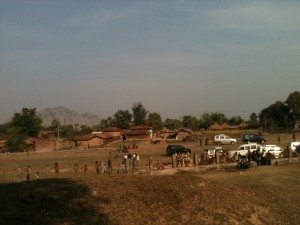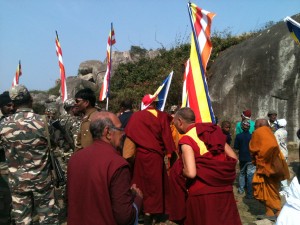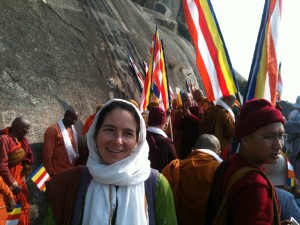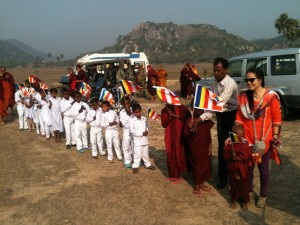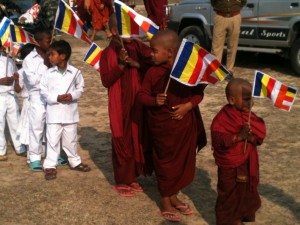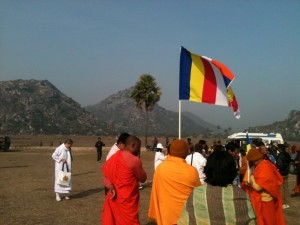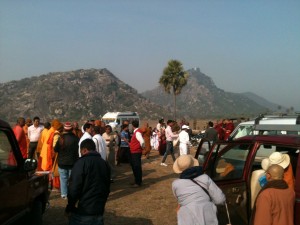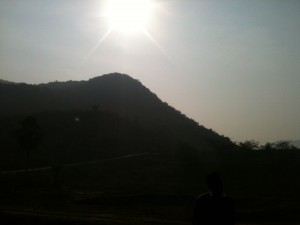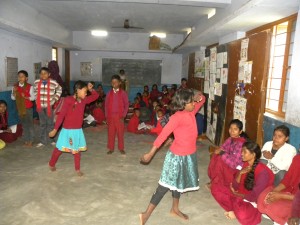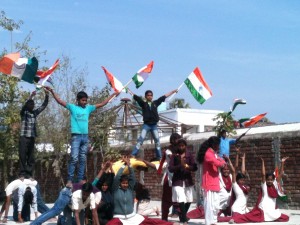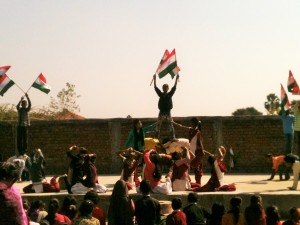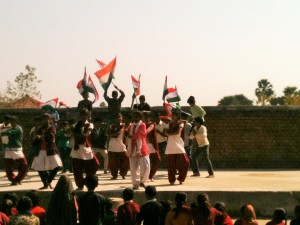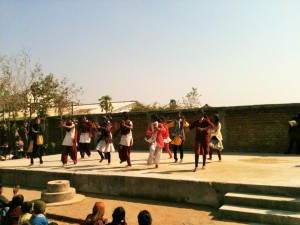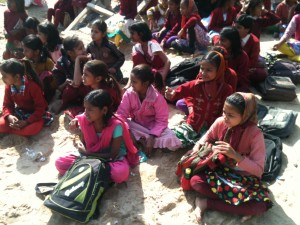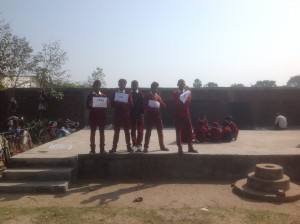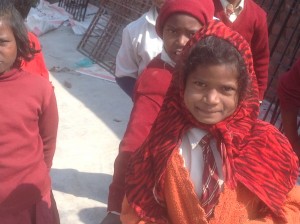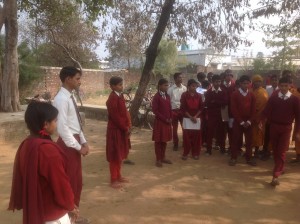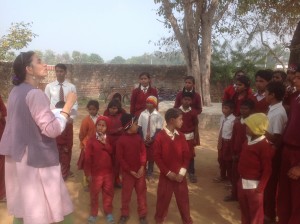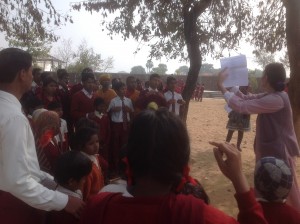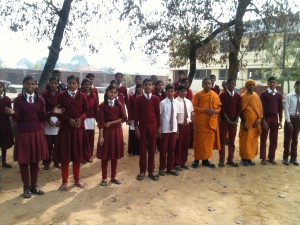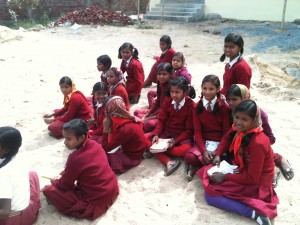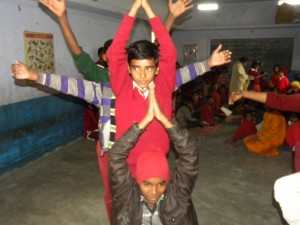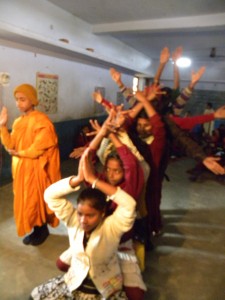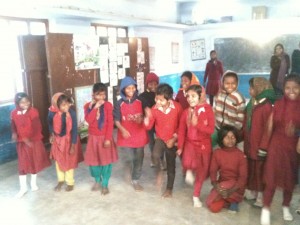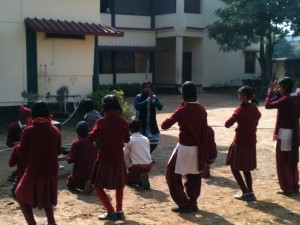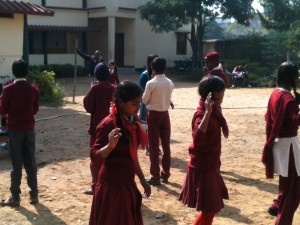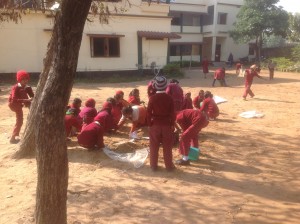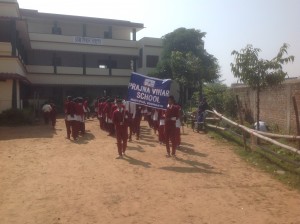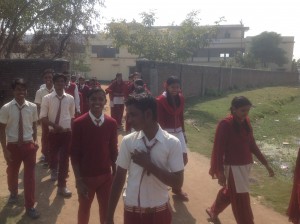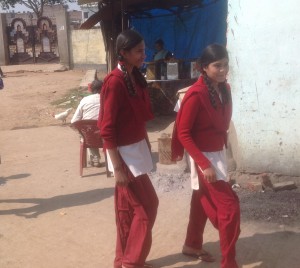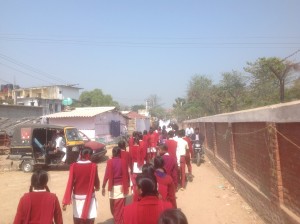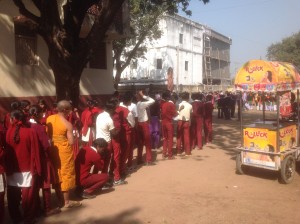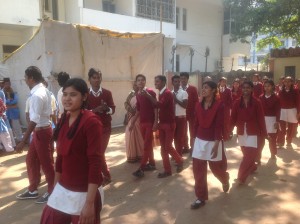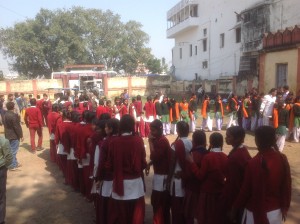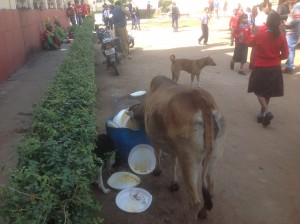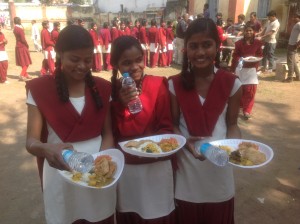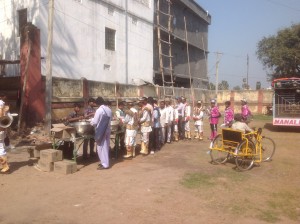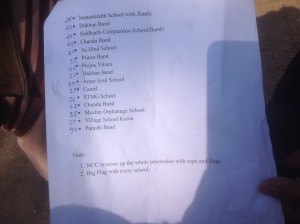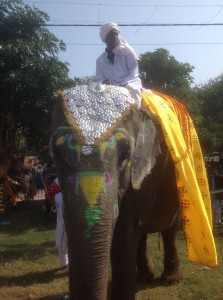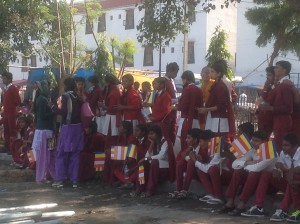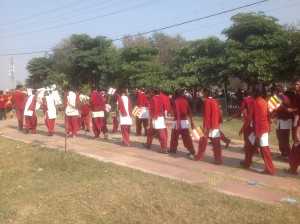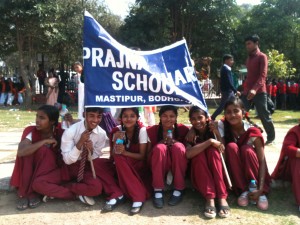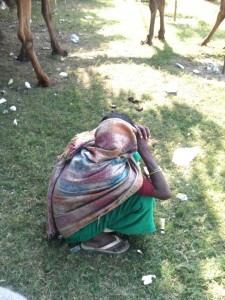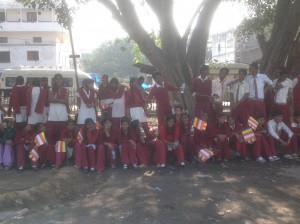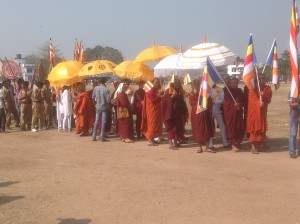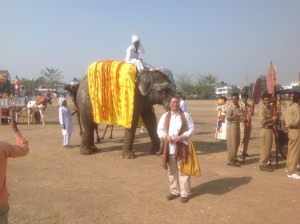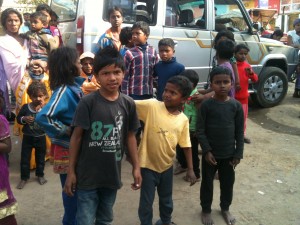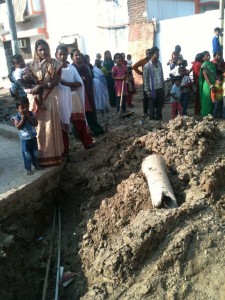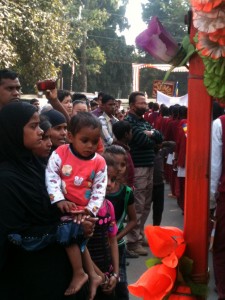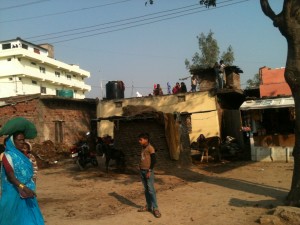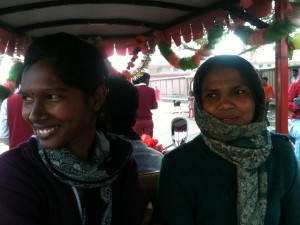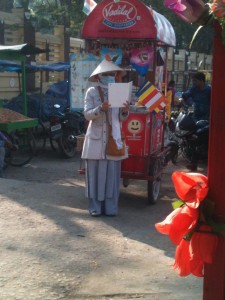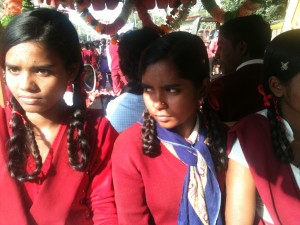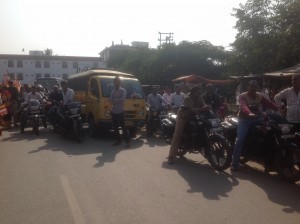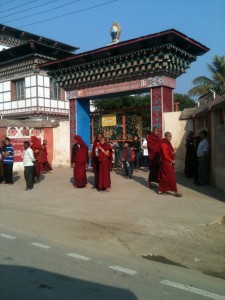The Barabar Caves are only 50 km from Bodhgaya yet the journey takes you through territory that appears unchanged for many hundreds of years. When I look at these villages and landscapes I can’t help but have rather romantic notions of living simply, one with nature, and being self sufficient. Yet, when we stop and see the people who clearly just have the bare minimum to survive, I’m quickly and rudely transported to reality. Surely, essential things and services need to be provided to live a better life than just one of survival. And then there is the issue of ‘development’ – such a loaded term/word. Is the development of India heading in the right direction if prosperity means that more and more disposable items (such as plastic food containers, water bottles, plastic bags etc) used for wonderfully, spiritually revitalizing events such as the one I partook in, means that we treat mother earth in such a disrespectful way as leaving the rubbish of over 150 people scattered in front of sacred caves? I do not claim to have the answers but it gave me great impetus to find out who might be interested to set up a group of environmental friends or “Taru Mitra (friends of trees)” at the Prajna Vihar School (www.pvschool.in)
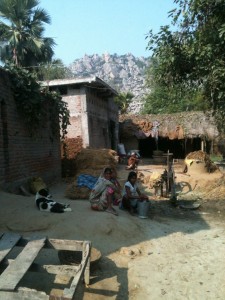

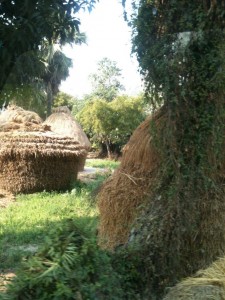
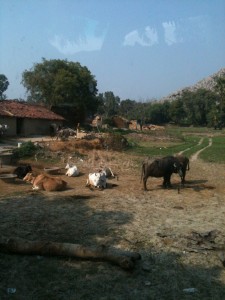
Wikipedia writes the following about the caves:
The Barabar Caves are the oldest surviving rock-cut caves in India,[1] mostly dating from the Maurya Empire (322–185 BCE), some with Ashokan inscriptions, located in the Bela Ganj Block of Gaya district, Bihar, India, 24 km north of Gaya.
These caves are situated in the twin hills of Barabar (four caves) and Nagarjuni (three caves) – caves of the 1.6 km distant Nagarjuni Hill sometimes are singled out as Nagarjuni Caves. These rock-cut chambers date back to the 3rd century BC, Maurya period,[2] of Ashoka (r. 273-232 BCE) and his son Dasaratha Maurya. Though Buddhiststhemselves, they allowed various Jain sects to flourish under a policy of religious tolerance.[1]
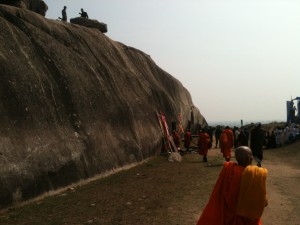
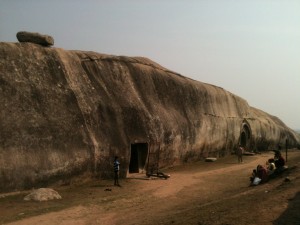

This pilgrimage or yatra was organised by the Maha Bodhi Society of Bodhgaya. It was an event prompted by presentation of some of Buddhist relics in their centre and included a visit to these caves and speeches from various of honorary guests. 150 monks came along and a whole bunch of pilgrims/lay people/others as well. The landscape just before reaching the caves is spectacular; both in its starkness and its ‘otherness’. It looks like someone has chucked a bucket full of boulders in several places creating hills.

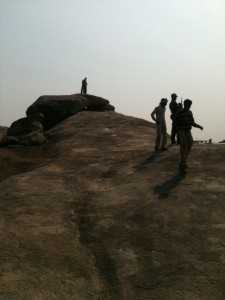
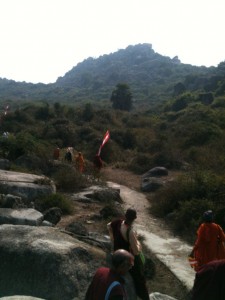
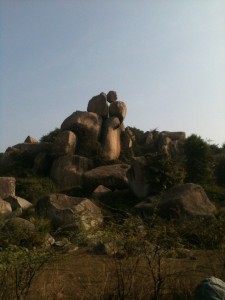
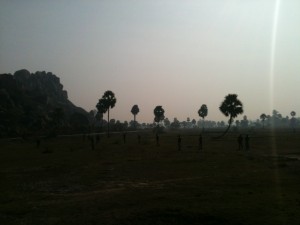

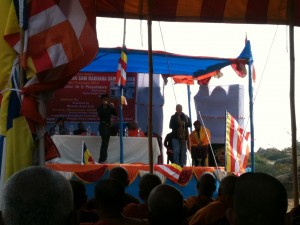
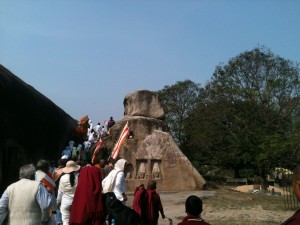

Some children were in attendance who had been brought to the sites from a neighbouring village which is home to a very small monastery. It turned out to be a long (and in the middle of the day) a very hot one. As this area is said to be infiltrated by Naxalites (members of communist guerrilla groups) we had quite a contingent of police with heavy weapons escorting us all along the way. To transport all of the people on these dirt roads a convoy of 16 land-rovers had been organised. In good Bihari fashion these vehicles were filled with people to the brim (I counted 10 in one of them). Our travel companion Kailashji said: in Bihar you hire a mini bus for 20 people or fill an auto rickshaw with the same amount of people.
